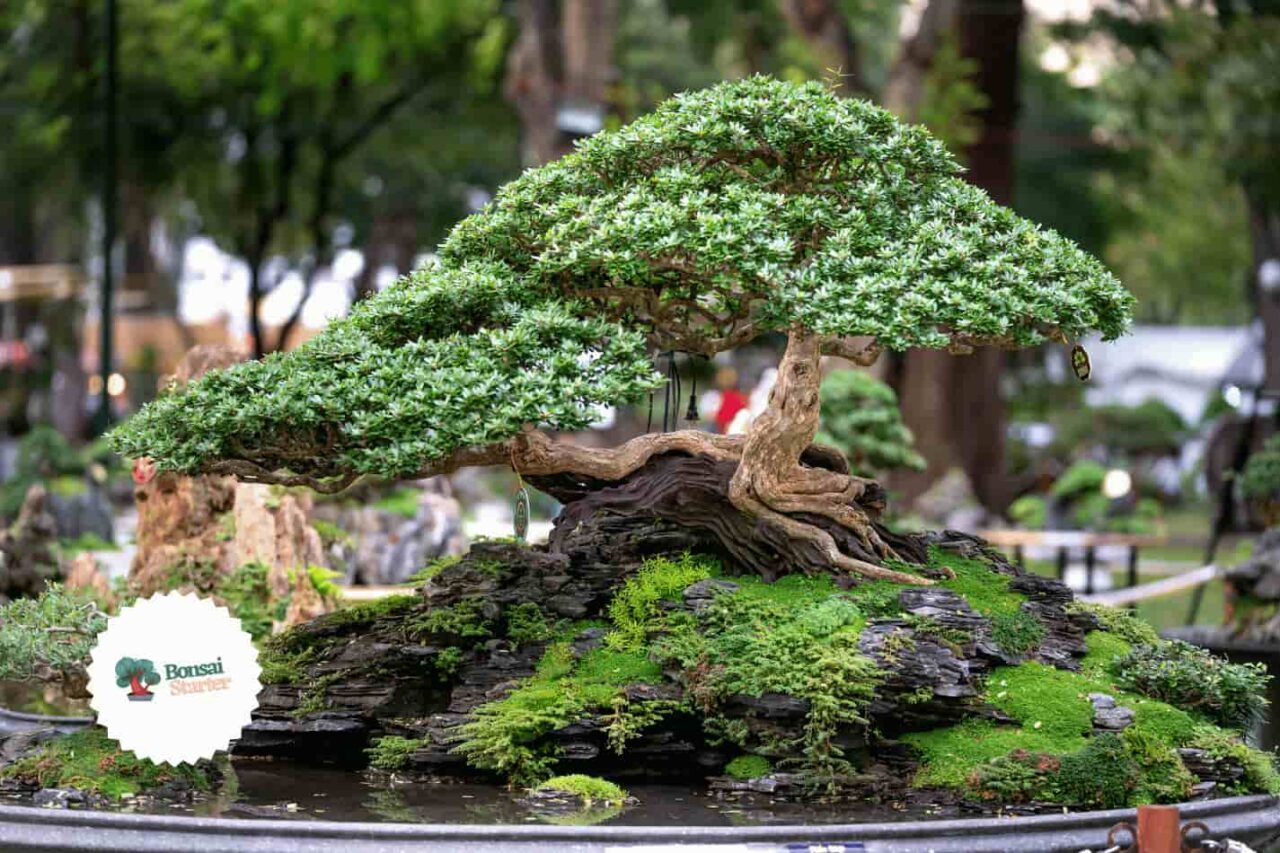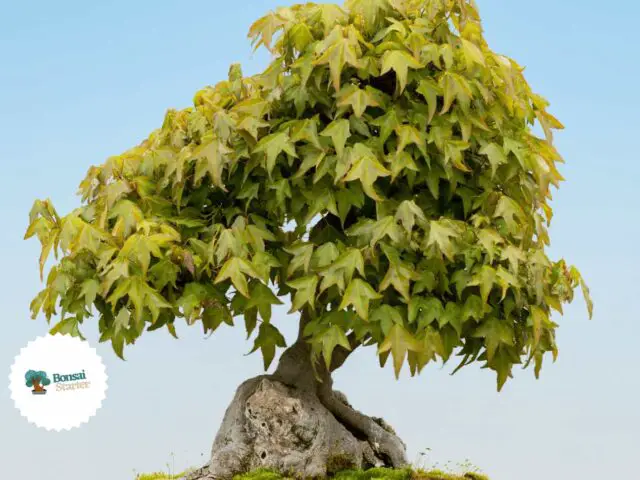Making a bonsai from a wild tree is not an impossible feat, as some may think. In fact, it is one of the most rewarding ways to create these miniature works of art as utilizing a wild tree allows you to work with an older, mature tree.
But to fully appreciate the process, it’s important to understand the underlying work that goes into sculpting a wild tree.
This includes prepping the tree and ultimately removing it in part or in whole, once it is uprooted. You must also take the necessary steps when bringing a wild tree home, and remember to have patience.
In this article, we will dive into all these points and more, to help you understand how you can use a wild tree to create your own bonsai. So read on to learn more!

Prep Work on the Wild Tree
A wild tree can be a great canvas for creating beautiful bonsai. However, there is some preparatory work that must take place before the transformation process begins.
The first step is to select a suitable specimen with healthy roots and branches and an interesting shape or structure you would like to accentuate.
If possible, obtain two or more similar trees so you have something to compare your progress against as each tree will respond differently according to its individual characteristics (age, soil type, etc.).
Once the tree of choice has been identified it should be placed in an appropriate potting medium such as coarse sand or organic soil mix until ready for transplanting into bonsai pottery later on.
This also allows plenty of time for pruning without risk of shock from exposure if transplanted too early in the process.
Once planted in the new substrate root pruning can begin followed by intensive branch trimming through judicious use of selective scissors cuts and wiring techniques while observing proper technique throughout each stage.
Allowing only subtle manipulation at any given time rather than drastic changes all at once which could negatively affect overall development trajectory potentials over long-term viewings down road ahead further on out past horizon line finally arriving back here again present moment today now this instant …
Removal of Tree in Part or in Whole
The art of bonsai involves the removal of a tree in part or in whole, depending on the desired effect.
For someone new to this practice, it can be daunting to think about using an existing wild tree for their project.
However, with knowledge and skillful technique, anyone can successfully transfer a normal wild tree into bonsai form.
The first step is selecting the right kind of tree and determining which parts need removal to create your vision.
Carefully examine its trunk structure, leaves shape, and foliage arrangement; these will all factor into deciding how much needs cutting back versus leaving intact, as well as establishing proper proportions between top-to-bottom sections later on.
Once you’ve settled on your plan of action, you’ll want to use sharp tools such as scissors or shears when pruning branches so that they are cleanly cut off at desired lengths without any jagged edges, which may affect post-cut healing time.
This is important since some trees don’t respond too kindly when subjected to harsh trimming methods!
With patience and practice, one can confidently give life an exciting twist by transforming a conventional wild specimen into something extraordinary through creative manipulation via strategic pruning techniques!
First Steps Once You Bring the Tree Home
Once you bring your wild tree home, the first step is to inspect it for any damage.
Look over its trunk and branches, making sure that the bark is still firmly attached and there are no signs of disease or rot.
Additionally, check the roots to ensure they are healthy and without deformities. Once this initial assessment has been completed, you can begin transplanting it into a pot.
If necessary, cut away unhealthy portions of stem or roots before carefully transferring them into pre-mixed bonsai soil with plenty of drainage holes to nourish the plant’s growth going forward.
Finally, use wire to securely shape your tree’s foliage according to desired style—this will help create an aesthetically pleasing result while also providing structure!
Remember to Have Patience
Bonsai is an art form that requires patience, determination, and dedication. Those new to bonsai may wonder if a wild tree can be used to create the desired aesthetic effect.
While it is possible for an untrained tree to become a successful bonsai over time, much effort must go into its training and development in order for this outcome to occur.
It’s vital that those working with these trees understand the amount of care required before beginning any project involving them – patience truly is key!
The process begins with selecting the right species; some are better suited than others when attempting bonsai cultivation on a wild specimen.
From there, careful pruning should take place so as not to disrupt natural growth patterns while providing ample encouragement toward developing desirable forms such as taper or S-curve trunks.
As branches grow longer they should also be thinned out by snipping away at their tips until only small buds remain.
This then allows light penetration from all angles to ensure even distribution throughout the plant’s canopy area resulting in vibrant foliage production during summer months ahead of dormancy come wintertime cycles again each year afterward too!
Final Thoughts on Wild Tree Bonsai
Making a bonsai from a wild tree is a gratifying experience, but it requires patience, knowledge of the species you are dealing with, and attention to detail.
Wild trees can be used to create beautiful and unique bonsai designs. With creativity, nature’s wild forms can easily be tamed into aesthetically pleasing shapes.
However, as with any type of bonsai tree, it is essential to take proper care when using wild trees in order to ensure they are healthy and able to grow over time.
Careful pruning techniques must be employed in order for the desired shape or design effects; otherwise, your tree may get out of hand quickly!
Additionally, you must research the ideal soil conditions needed by your specific species since different types will have varying requirements for temperature and moisture levels in their environment.
Finally, keep an open mind about how you want your finished piece to look; remember that every aspect should reflect something special about yourself or what inspires you!
Wild trees offer endless opportunities for personal expression, so don’t let anyone tell you what “should” be done with them – use this medium to express yourself fully through artistry.
If you’re new to bonsai and unsure if this project is right for you just yet – take solace in the fact that there are many available pre-made trees out there already. With care and dedication, though, any wild tree can become something beautiful.





